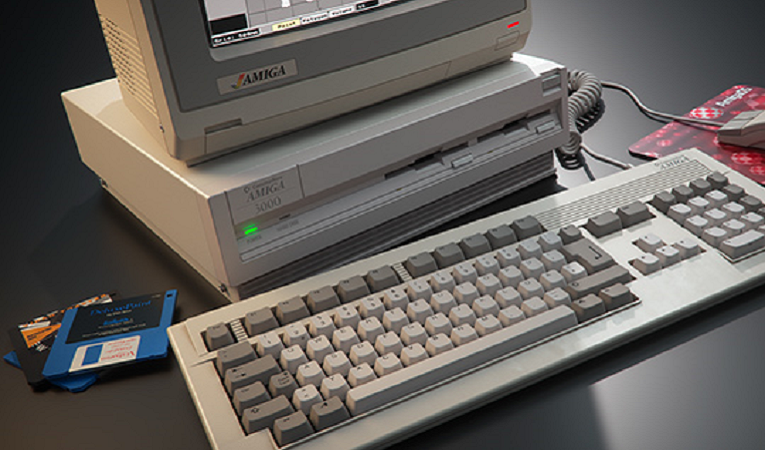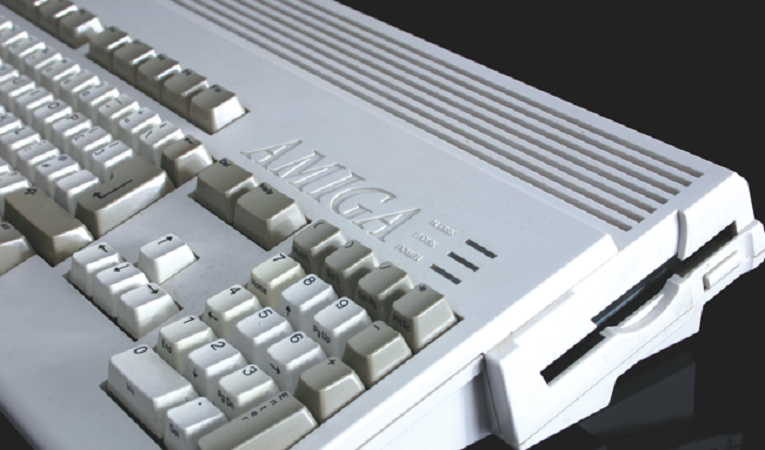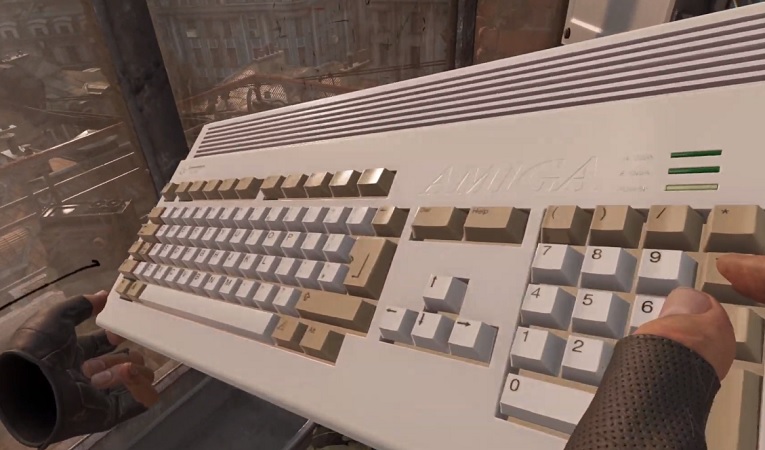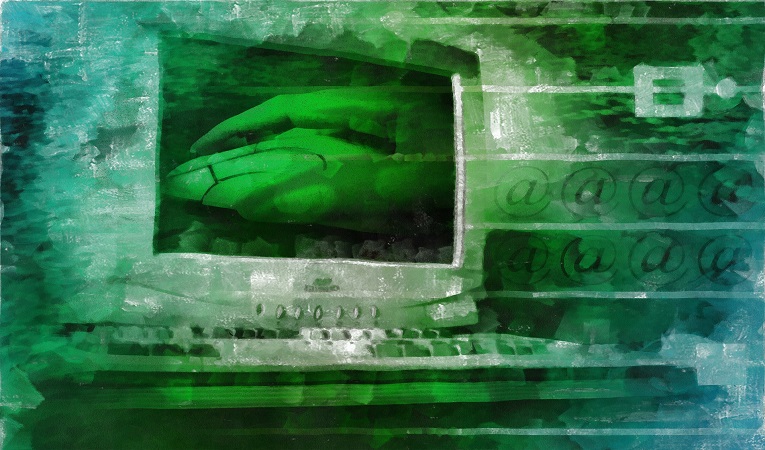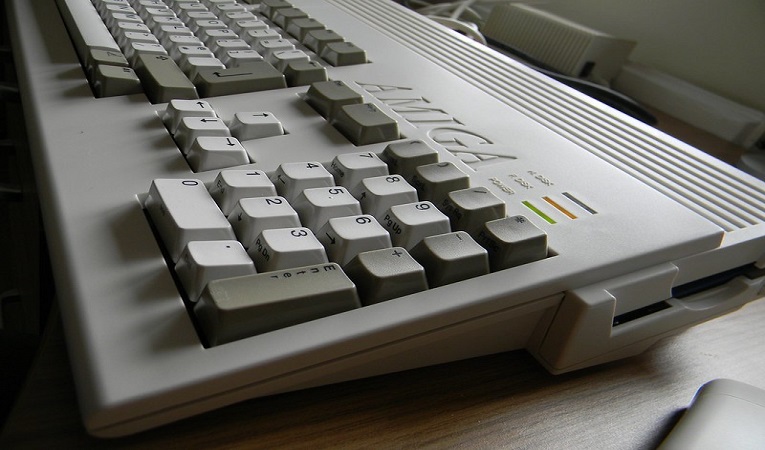![]()
The Commodore 1084S-P monitor stands as an iconic monitor that left a profound impact on both the gamers and professionals during the 80s and early 90s. Released by Commodore in 1988 as a successor to the 1084 series, this monitor was renowned for its exceptional picture quality and versatility. The Commodore 1084S-P was a 14-inch color CRT monitor with a resolution of 640×480 pixels, capable of displaying 16 colors simultaneously from a palette of 4,096 colors. This monitor also featured a high-quality shadow mask CRT that resulted in sharp and vibrant images, making it an attractive choice for both gaming and professional applications. Its flicker-free display and precise color reproduction made it an excellent choice for professionals working in graphic design, desktop publishing, and video editing. Also, the 1084S-P’s superior image quality, sharpness, and color reproduction enhanced the gaming experience for players. Gamers appreciated the monitor’s ability to display games in their intended visual quality, making it a preferred choice for serious gaming enthusiasts in the 80s. The monitor’s versatility and compatibility with various video inputs made it also a popular choice for other Home computers and gaming consoles like the Commodore 64, Atari ST, Sega Genesis, and NES. The 1084S-P’s color accuracy and sharpness made it also a favored choice for graphic designers and desktop publishers. Its ability to display images and layouts with precision helped professionals ensure that their designs appeared as intended. The Commodore 1084S-P monitor was a true pioneer in the world of display technology, gaining popularity in both gaming and professional contexts. Its exceptional picture quality, compatibility with various devices, and versatility made it a favored choice among gamers and professionals alike. The monitor’s legacy continues to live on, as it remains a cherished collector’s item for retro gaming enthusiasts.





